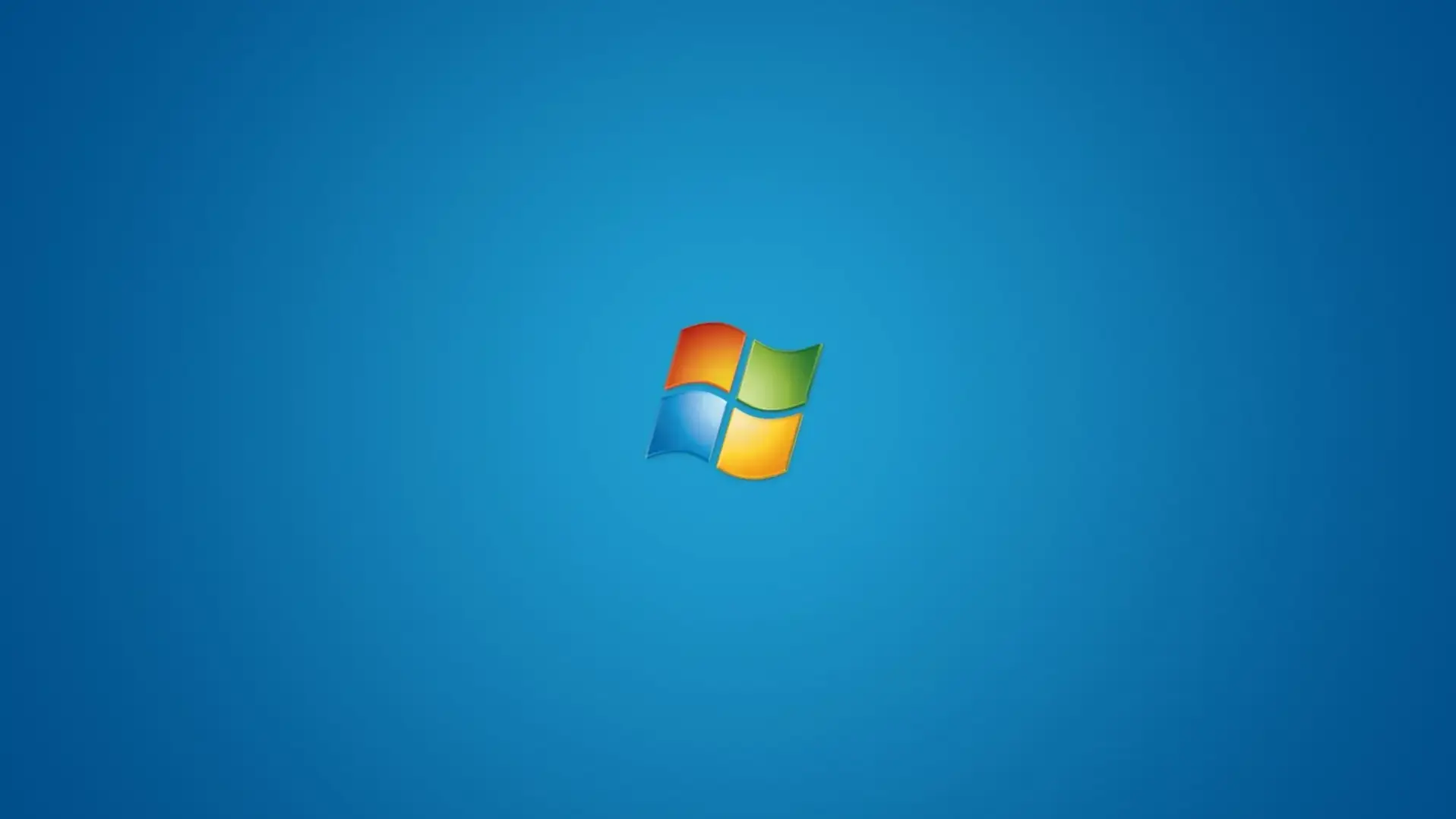What is Window System?
Window system has created and commercialized the proprietary graphical operating system known as Window system. It serves as the main operating system for Window computer made by Microsoft. It is the second most popular desktop in the market for desktop and laptop computers, behind Linux and before Microsoft Windows. Read about our other post at bugify.in
Being based on the kernel of the Window operating system, Window is a window operating system. As a result, window has a number of benefits, such as reliability, security, and compatibility with a variety of Unix-based programs.
Often Update your Window System?
Windows updates are routinely released by Microsoft, typically on the second Tuesday of each month. These upgrades come with performance enhancements, bug fixes, and security patches. Windows updates must be installed as soon as they become available in order to keep your system secure from known vulnerabilities and to ensure seamless operation.
Your particular needs and tolerance for risk will determine how frequently you should check for updates. If you perform critical operations on your computer, like online banking or financial transactions, you might want to check for updates every day, or possibly more than once. You might be able to get away with checking for updates just once a week or even once a month if you use your computer exclusively for personal purposes and are less concerned about security issues.
It is crucial to remember that installing Windows updates on a regular basis is still a good idea even if you are not concerned about security issues. Your computer can become more dependable and pleasurable to use with bug fixes and speed enhancements.
Install the Firewall
A built-in firewall called Windows Defender Firewall helps safeguard your computer from illegal access. Although it is activated by default, you can make sure that it is set up properly and is enabled.
For Windows Defender Firewall installation:
- Open the Control Panel.
- Click System and Security.
- Click Windows Defender Firewall.
- Click Turn Windows Defender Firewall on or off.
- Select Turn on Windows Defender Firewall for all network locations.
- Click OK.
If you are not sure how to configure Windows Defender Firewall, you can contact your network administrator or a computer security expert for assistance.
Disable automatic login in your Window System
Windows has a function called automatic login that enables you to access your account without repeatedly entering your password. Although this might be practical, it could also provide a security issue, particularly if you share your computer with others.
Take these actions to stop Windows from automatically logging you in:
- Press Windows key + R to open the Run dialog box.
- Type netplwiz and press Enter.
- In the User Accounts window, uncheck the box next to Users must enter a username and password to use this computer.
- Click Apply.
- Enter your password in the confirmation dialog box and click OK.
Once you have disabled automatic login, you will be prompted to enter your password every time you start or restart your computer.
Keep strong password
Keep a secure password on your Windows computer.
The first line of protection against unwanted access to your Windows system and the data it contains is a secure password. It’s crucial to create a password that is challenging to crack and to maintain it secure.
Here are some recommendations for making a secure password:
- Use at least 12 characters, but longer is better.
- Include a mix of uppercase and lowercase letters, numbers, and symbols.
- Avoid using words that can be found in a dictionary, such as your name, birthday, or common passwords.
- Do not use your username or any other personal information in your password.
- Create a different password for each of your online accounts.
Use two-factor authentication
Users that utilize two-factor authentication (2FA) must present two distinct forms of identification in order to prove their identity. As a result, even if one of the authentication elements has been hacked, attackers will have a considerably harder time accessing accounts without authorization.
In Windows systems, 2FA can be implemented in a variety of ways. Using an authenticator app on a smartphone is one typical strategy. Every few seconds, these apps produce a different code that the user must enter together with their password in order to log in.
The usage of a hardware security key is an additional choice. These plug-in gadgets offer a safe way to authenticate the user’s identity.
Some 2FA techniques, like Windows Hello, have built-in support in Windows as well. With this function, users can sign in using their face, their fingerprints, or a PIN code.
Conclusion
in conclusion , we gave you valuable information about how to protect your Window System and gave you methods how to protect your window system , you can read this post carefully again to get more information . protection is good for your Window System.













